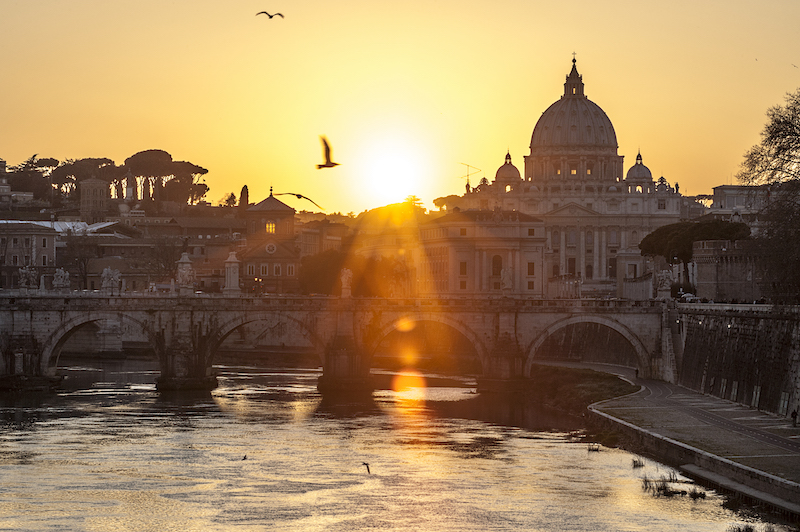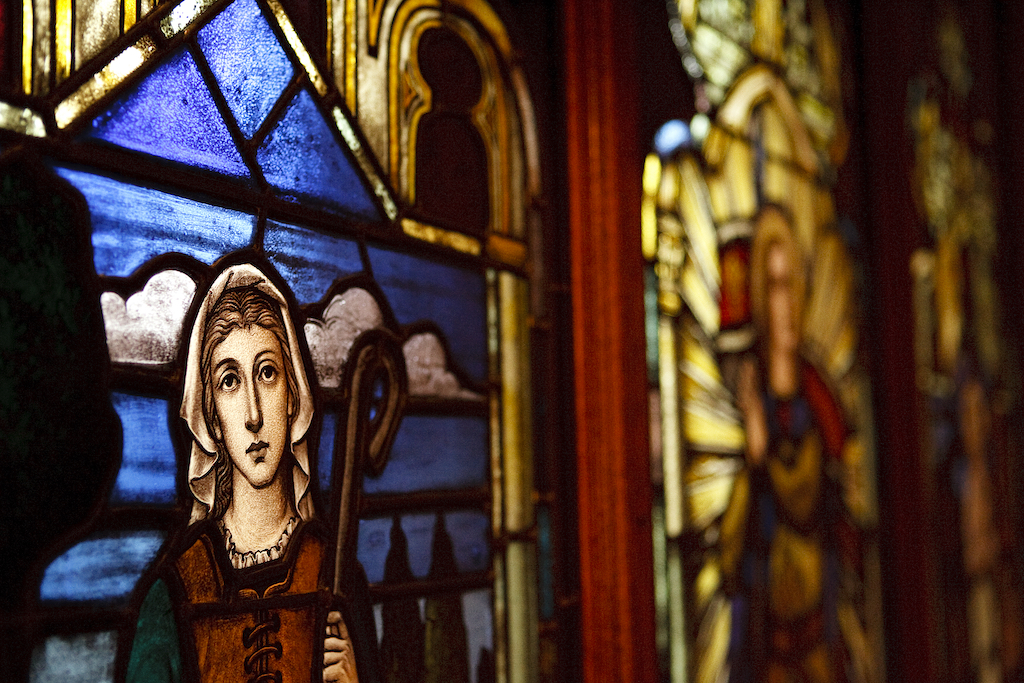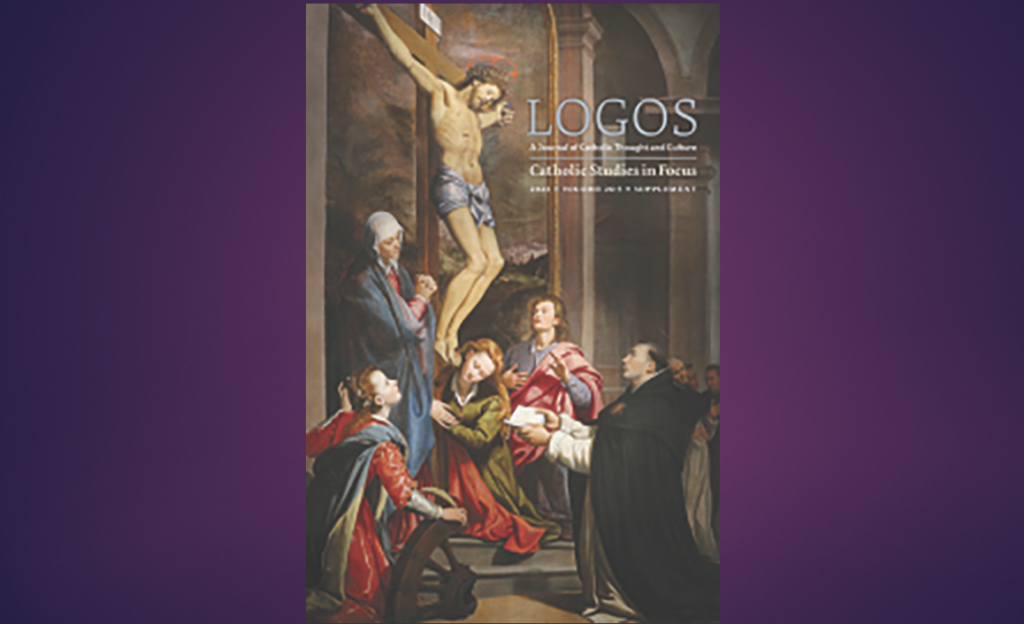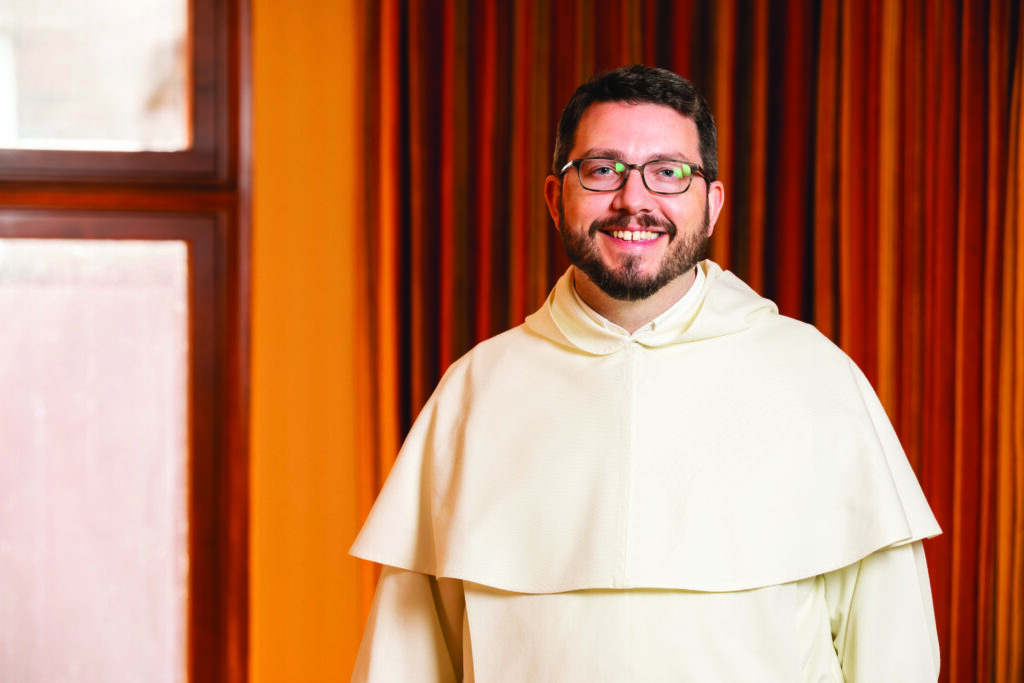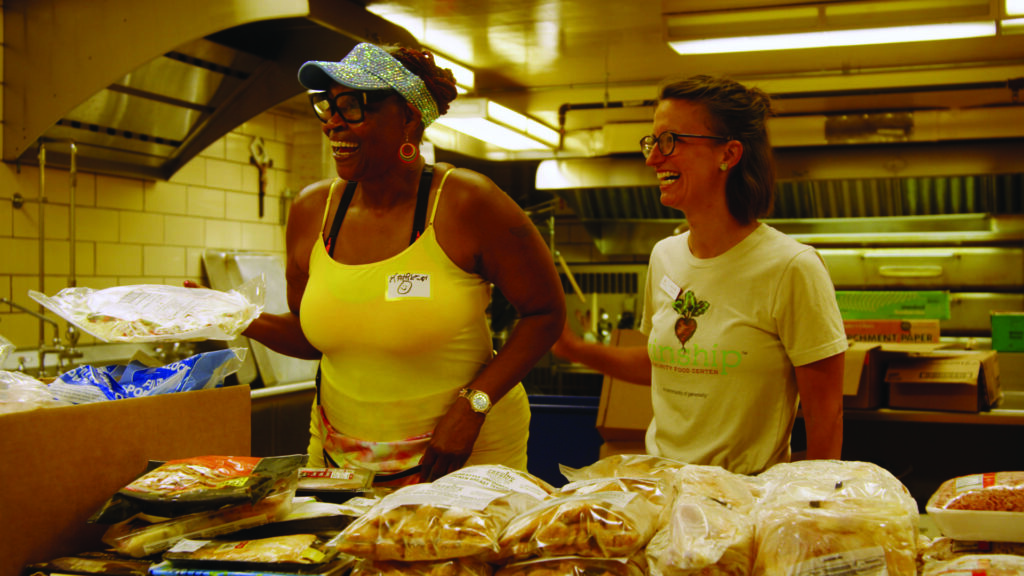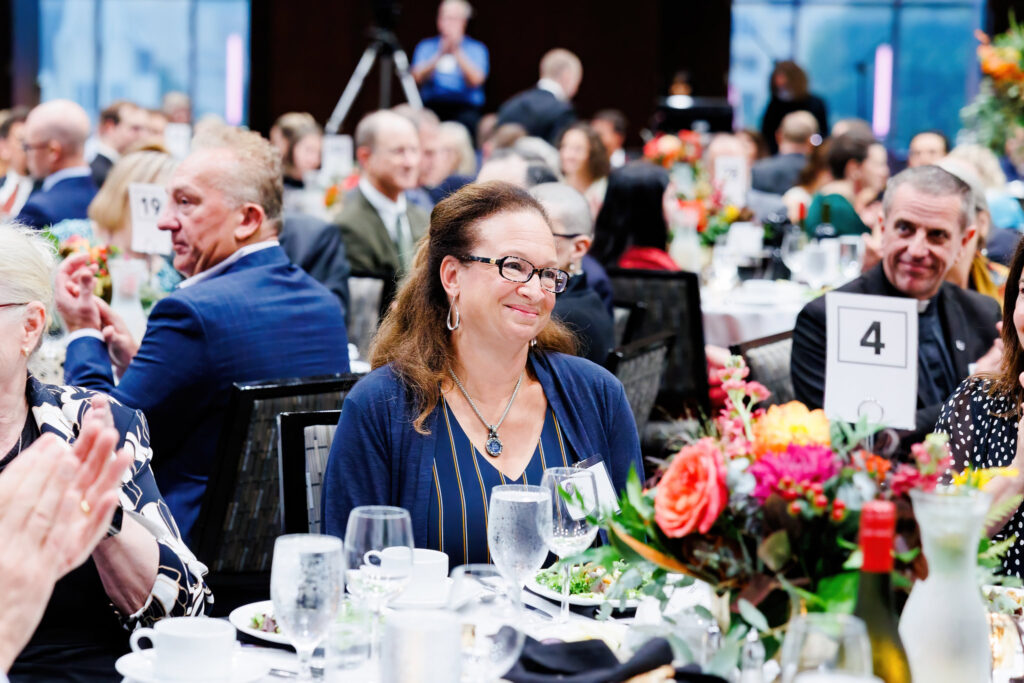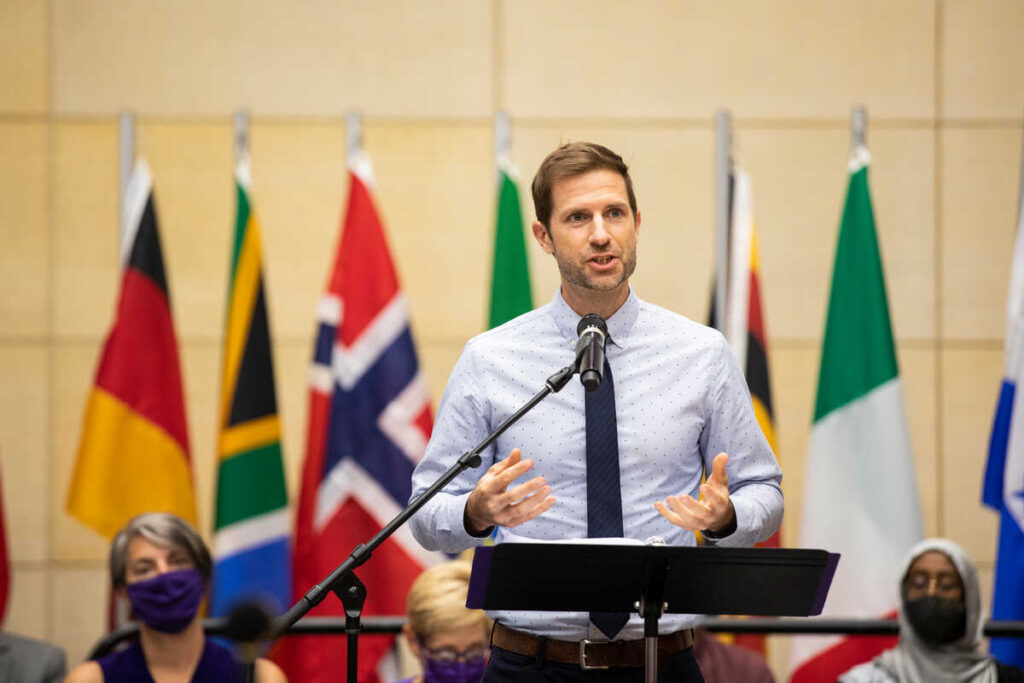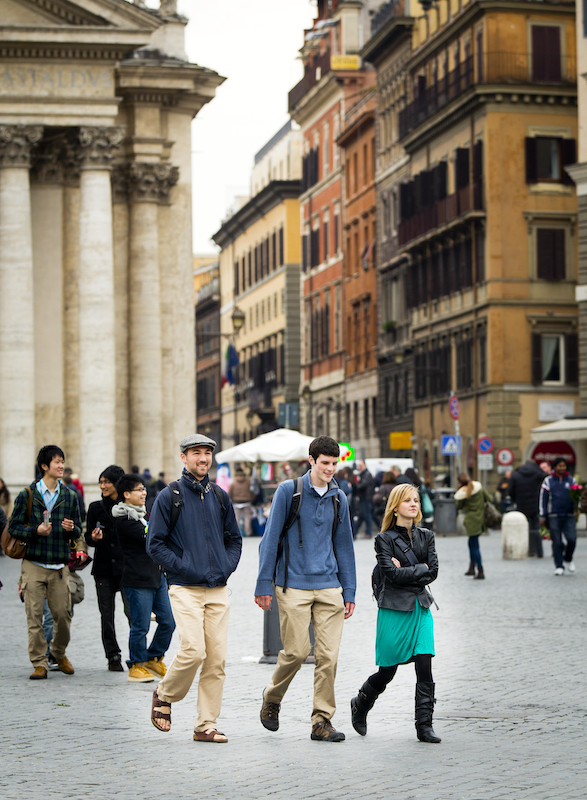
Twenty-five years ago, Don Briel said that Catholic Studies needed a Rome program so that students could have the opportunity to experience the universal character of the Church in the city that is the heart of the Church. He was right. But it had to be a different kind of program from the usual Rome study abroad. He was right again. The result is a truly distinctive program in the heart of Rome woven of four intentionally interrelated elements: culture, intellectual life, spiritual life and friendship in community.
Culture. That Rome has been inhabited without interruption for perhaps as long as five millennia means that the culture is deep and rich. Our students experience this cultural reality in many ways. Perhaps the most important, to my mind, is that they walk a lot. I encourage them to feel the city in their muscles. Given that Rome really is built on hills, they do indeed feel it every day as they walk among the ruins, churches, piazzas, fountains, and obelisks.
Intellectual life. Our students study at the Pontifical University of St. Thomas, otherwise known as the Angelicum, with students from all over the world. We always have an Art History course for our students. To study art in Rome is so arresting because the art is all around you. Students start to see things in the churches they visit as a result of what they are studying. The cultural and the intellectual meet.
Spiritual life. The sheer number and beauty of the churches make almost inevitably for an intensification of our students’ spiritual lives. Students will come to have a favorite church to which they will return over the course of their semester in Rome. It might be one of the major basilicas or an all-but-unnoticed gem on a side street. The spiritual and the cultural come together.
We have American priests as our chaplains. They provide weekly formation oriented to the joys and challenges of living in Rome. But they are not there just to celebrate Mass and hear confessions. They go to the museums and sites with us, and they join us for meals. We want students to experience places in a fuller Catholic Studies way.
Friendship in community. We tell students that Bernardi is a place of community. We assure them that if they are not friends when they arrive, they will be when they leave. We have community night once a week with Mass, dinner, and conversation with a guest. The cultural, intellectual and spiritual quite naturally come together in community life.
Over the years, students often tell me that Rome transformed their lives. When I ask what they mean, they cannot find the words. I have, however, come to see why Rome is such a significant and enduring experience. Our students want to be intellectually serious about their faith, they want to deepen their interior lives, and they want to develop true friendships. In St. Paul, they are busy with many things. In Rome, we create a space for them to intensify, or even newly acquire, habits of the intellectual and spiritual life. The experience is so foundational, they do not really see it, at least at first. With their return home, they are better able to strive for the priorities they want. They have lived them, and they are that much better formed to be able to achieve what they desire.
J-Term in Mexico City
In addition to a study abroad experience in Rome, Catholic Studies offers a J-Term program in Mexico City.

Developed in 2019, this course is divided into three distinct, yet interrelated, parts: an on-campus academic exploration of the cultural, historical, theological and social dimensions of the encounter between the West and Indigenous as well as Christian and secular cultures; an immersive experience in Mexico City where students explore how Our Lady’s appearance influenced the development of the Latino people, examine precolonial history and the European encounter with this Indigenous culture, and engage with residents of a garbage dump and a poor parish where they encounter firsthand the challenges and secularization of Mexican culture; and a local engagement of the opportunities and challenges facing the growing Latino community in the Twin Cities metro area.
Like Rome, the Mexico City program weaves together four intentionally interrelated elements – culture, intellectual life, spiritual life and friendship in community – and has a transformative effect on our students.
This story is featured in the summer 2023 issue of Lumen.
